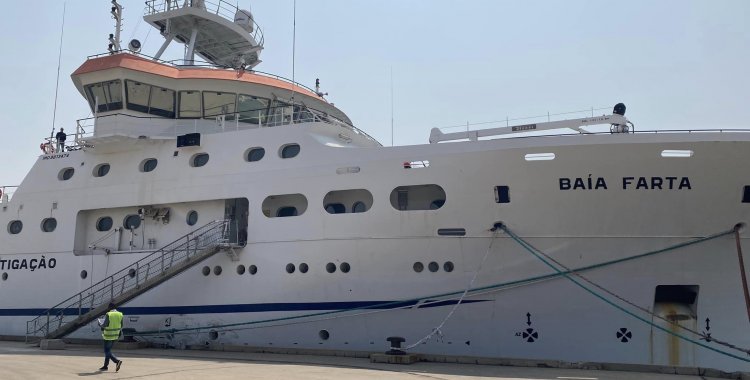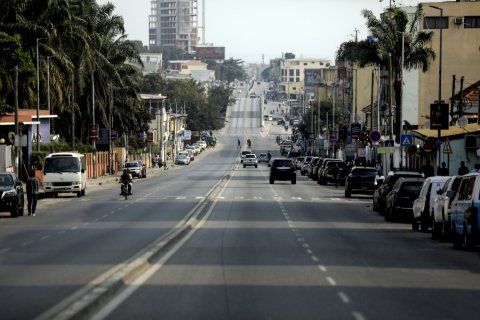The Ministry of Fisheries and Marine Resources explains, in a statement cited by Angop, that the ship was stopped to repair anomalies in its winch systems, adding that, after all tests were carried out, the vessel is operational.
"All sea trials were carried out in South Africa, the country where the ship was repaired, and in Angola, ensuring that the equipment that was repaired is operational under the warranty of the ship's construction company, DAMEN Shipyar", the ministry said.
Thus, it is from this Tuesday that the 'Baía Farta' will begin scientific work, an initiative that will be divided into two phases: the first will take place in the central area of the country, that is, from Luanda to Benguela, while the second will take place in the south, that is, from Benguela to the Cunene River, for 26 days, starting on 1 October.
Ten researchers from the National Institute of Fisheries and Marine Research, seven national crew members and ten expatriates, led by specialist Maria Sebastião, will participate in this journey, which aims to calculate the abundance of species that live on the seabed, such as cachuchos, corvinas, groupers, among others.
In addition, according to the ministry, this operation will also allow testing the resistance of the equipment and systems that were subject to intervention and are still covered by the warranty.
According to the ministry, cited by Angop, the oceanographic vessel will stop in Benguela and Namibe, in order to ensure institutional presence along the entire coast.
The ministry also emphasizes the importance of the country having its own research vessel to improve the management of marine resources, correct inadequate practices and ensure sustainable fishing.
It is worth remembering that the vessel arrived in the country in 2018, and in 2021 some non-conformities were detected. The ship, which can carry 51 people on board, including 29 crew members and 22 scientists, was repaired in South Africa.
Among the features of the 'Baía Farta', which can be autonomous for 29 days at sea and which cost approximately 80 million dollars, are, for example, four laboratories, a gym, a kitchen, a service area equipped with 15 control monitors and three computers for controlling the Sonar, among others, writes Angop.







